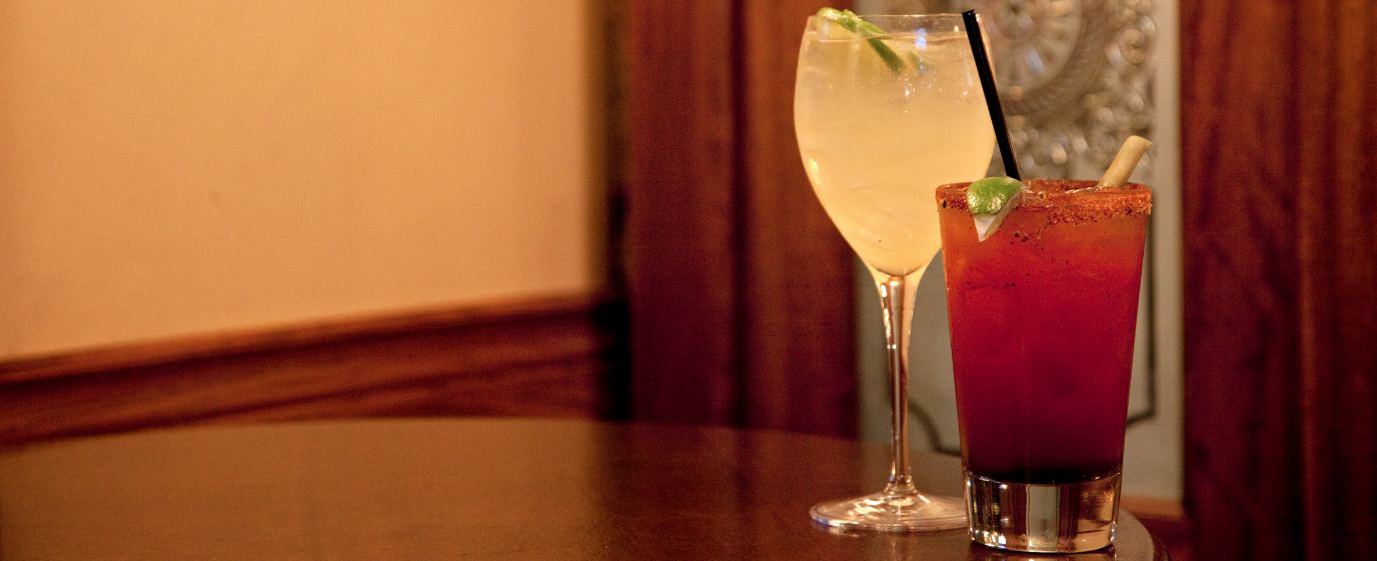A guide to drinking like an adult
Colin MacDougall | Fulcrum Contributor
SO YOU’VE BEEN at this “drinking” thing for a little while now. Gone are the days when it’s acceptable to be tagged on Facebook holding a Pabst Blue Ribbon or a Smirnoff Ice. No, you need something that communicates just how sophisticated you and your taste in alcohol are.
But where does your new identity begin? A quick perusal of the LCBO reveals a stupefying amount of choice, but a few quick questions can point you in the direction of your new alcohol persona. Are you a beer or wine aficionado, or do you gravitate toward spirits, mixed or otherwise?
If you lust after hops, barley, and bubbles, a few points come into play. Beer breaks down into ales and lagers; ales tend to have a richer body and higher alcohol percentages than lagers, which are often crisper and lighter. Notable types of ales are India Pale Ales, (IPAs), wheat beers, and stouts, while pilsners are the best known sub-branch of lagers. It’s worth noting that Canada¾and especially Ottawa¾has a plethora of craft beers and micro-breweries churning out quality suds. Although comparable in cost to imported beers, the taste is worth it.
If you prefer your alcohol floral, fruity, and served in thin-stemmed glasses, another universe of choice lies ahead of you in the world of wine. Once again, there are two primary categories: reds and whites. The critical difference is the type of grape and where it’s grown. Red wines offer a richer, more full-bodied taste than whites; notable grape types are cabernet sauvignon, pinot noir, shiraz, and merlot. White wines are often sharper and lighter in taste. Think sauvignon blanc, pinot grigio, and chardonnay when considering whites.
Spirits can also be broken down into two fundamental categories: clear and amber. Liqueurs, vodka, and gin mix excellently with all sorts of soda and fruit juices, and are an excellent way to acclimatize your palette to a spirit. Whisky and rum tend to mix better with sodas (primarily ginger ale or your cola of choice) or just “neat”—a bit of lingo that means no ice, no nothing—although it’s primarily whiskies that are consumed this way.
Your drink should make a statement about who you are. Martinis ooze class, cabernet sauvignons portend sophistication, pilsners evoke approachability, and tequila just shows that you don’t mess around—even if you make a mess as a result. Going to a bar is a great way to try a drink without buying a whole bottle and also to get suggestions from the people working there, but be wary of the exponential power of mixing different alcohols, a lesson this writer has had to learn—and re-learn—time and time again. Go for the drink you’ve always wanted to try but have shied away from for whatever reason. Hey, you might not love a vodka martini or a twelve year old single malt scotch the first time you try one, but you’ll never know if you don’t try.




